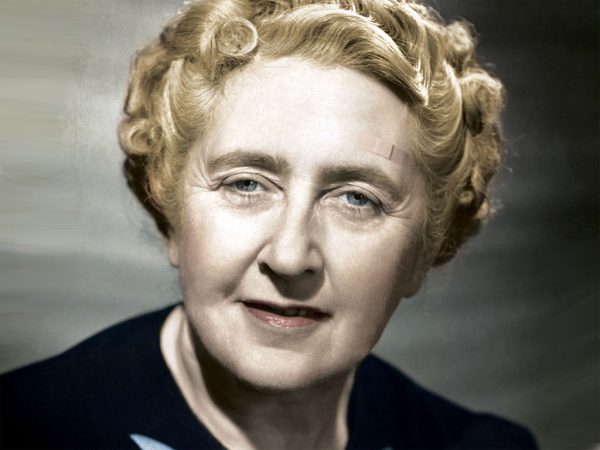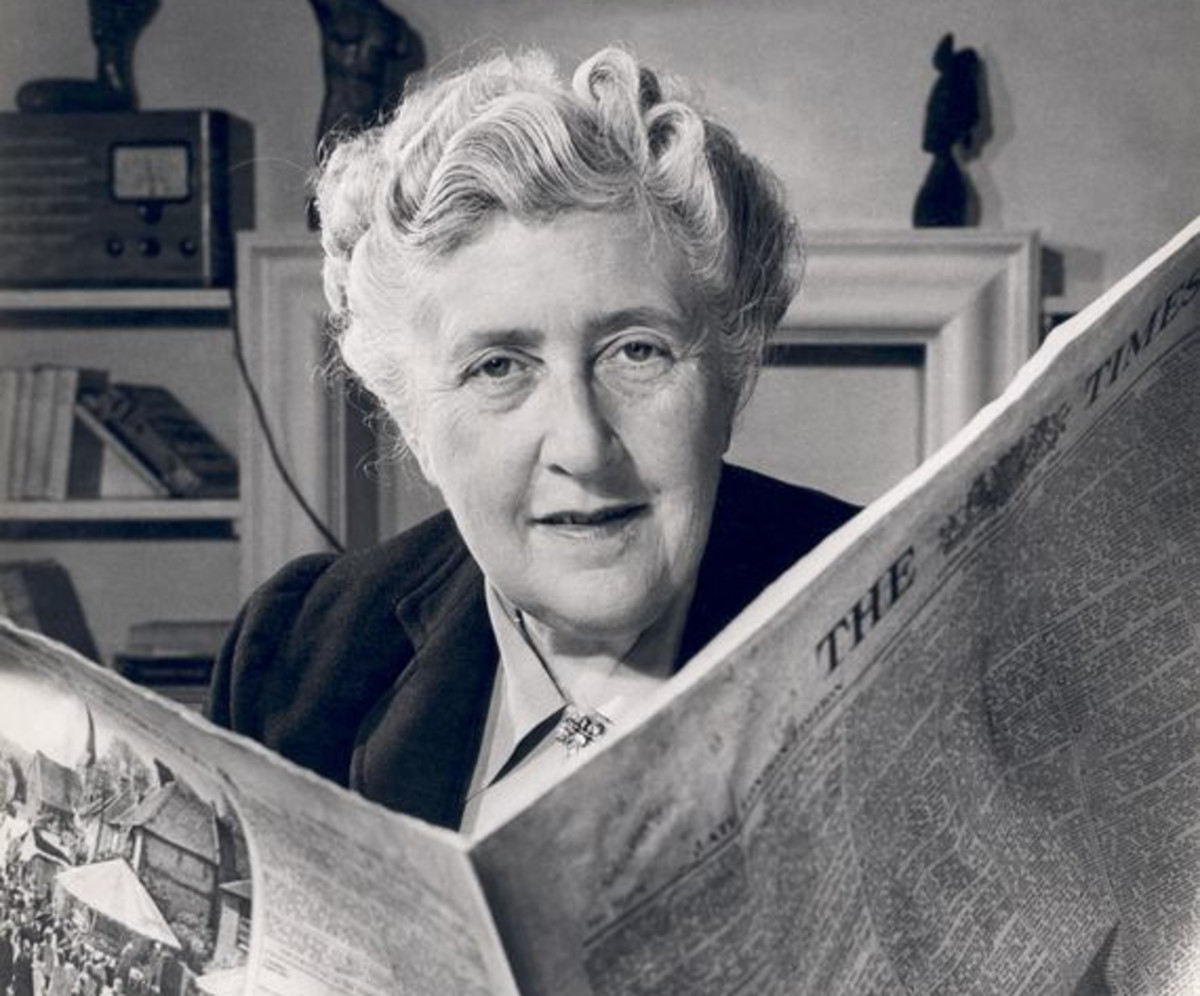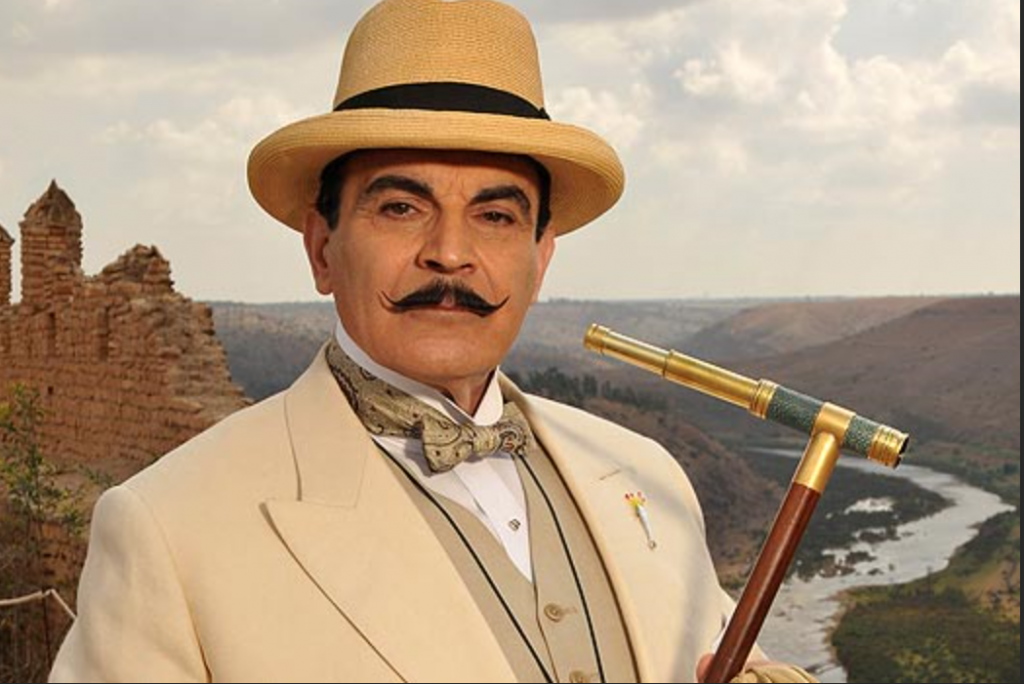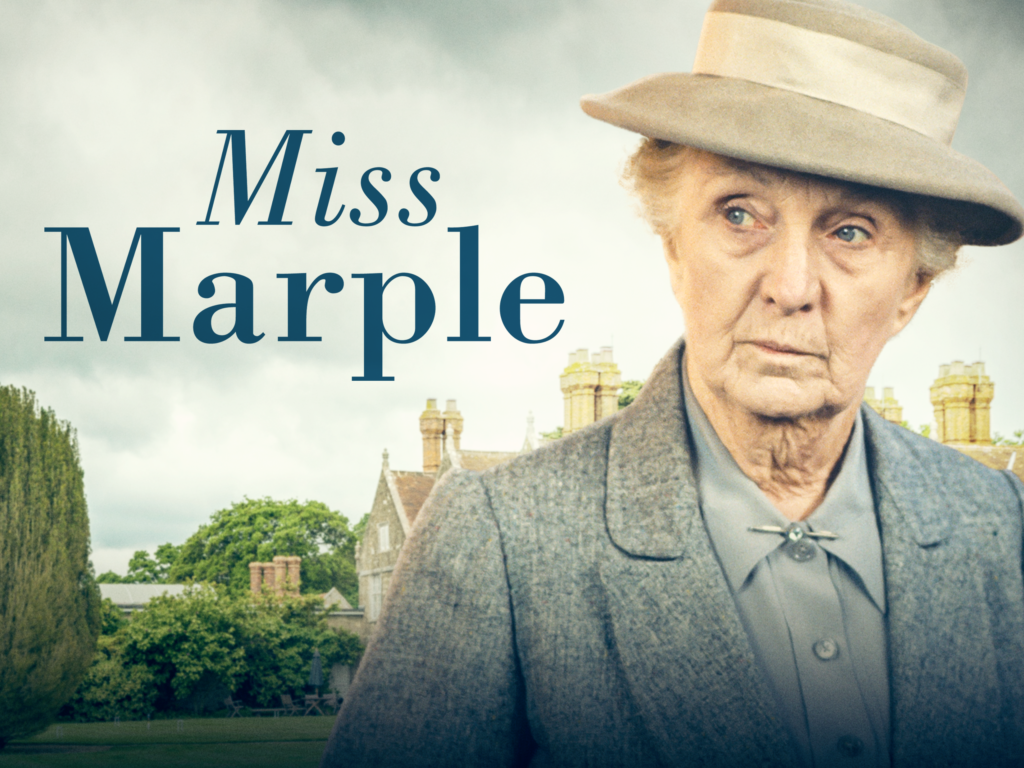By Srinivas Rayappa
Author of 66 crime novels, 6 non-criminal novels, 150 short stories and whose career spanned more than five decades, Agatha Christie is undoubtedly the Doyenne of Murder Mysteries. With more than 2 billion books published, she is outsold only by the Bible and Shakespeare. Her books have been published in over 100 languages, making her the most translated writer of all time. She wrote the world’s longest-running play, ‘The Mousetrap’, which was performed in the West End from 1952 to 2020. As if mysteries were embedded in her DNA, she wrote six novels under the pseudonym Mary Westmacott. In 1971, she was made a Dame (DBE) for her contributions to literature. Guinness World Records lists Christie as the best-selling fiction writer of all time, her novels having sold more than two billion copies till date.
Early Life:
“One of the luckiest things that can happen to you in life is, I think, to have a happy childhood.” – Agatha Christie
Dame Agatha Mary Clarissa Christie, was born on 15th September 1890 into a wealthy upper-middle-class family in Torquay, Devon. She never went to school but was educated by her mother and a succession of governesses. Agatha Christie was a voracious reader from a very early age which enthused her parents to supervise her studies in reading, writing, and basic arithmetic, a subject she particularly enjoyed. They also taught her music, and she learned to play the piano and the mandolin. Among her earliest memories were reading children’s books by Mrs. Molesworth and Mrs. Edith Nesbit. When a little older, she moved on to the surreal verse of Edward Lear and Lewis Carroll. As an adolescent, she enjoyed works by Anthony Hope, Walter Scott, Charles Dickens, and Alexandre Dumas.
As a young girl, she played Colonel Fairfax in Gilbert and Sullivan’s The Yeomen of the Guard. She also performed in amateur theatricals at Cockington Court in Torquay. Having a strong craving for lavish feasts prepared during Christmas, Agatha Christie would often engage in eating contests with her friends. She had a strong dislike for oyster soup and this acted as an inspiration for her story “The Adventure of the Christmas Pudding.” Since her childhood days she was very observative and a keen listener. She often overheard the gossips of visitors at home, which often revolved around crime, and used it as a plot to write her crime stories.
In her late teens she studied in Paris to be a classical musician but was too nervous to perform. She harboured a secret fantasy to be an opera singer which was shattered when a friend, connected with the Metropolitan Opera House in New York, came to hear her sing. The verdict was that she would make a good concert singer, but that her voice would never be strong enough for opera.
In 1911, Christie was thrilled by her first trip in an aeroplane. She had to spend five pounds for the experience, and an additional half-crown for a commemorative photograph afterwards. The flight only lasted five minutes, but she loved it.
Agatha Christie’s foray into the Literary World:
“Crime is terribly revealing. Try and vary your methods as you will, your tastes, your habits, your attitude of mind, and your soul is revealed by your actions.” – Agatha Christie
In April 1901, aged 10, she wrote her first poem, “The Cow Slip”. At 18, Christie wrote her first short story, “The House of Beauty”, while recovering in bed from an illness. It consisted of about 6,000 words on “madness and dreams”, a subject of fascination for her. Her biographer, Janet Morgan, had commented that, despite “infelicities of style”, the story was “compelling”. This short story would become an early version of her book “The House of Dreams”. Other stories followed, most of them illustrating her interest in spiritualism and the paranormal. These included “The Call of Wings” and “The Little Lonely God”.
Despite being a prolific writer, she was initially unsuccessful in getting her books published with six consecutive outright rejections, but this changed in 1920 when “The Mysterious Affair at Styles”, featuring detective Hercule Poirot for the very first time, was published. And then there was no looking back. Some of her earlier submissions which were made under pseudonyms (Mac Miller, Nathaniel Miller, and Sydney West) were later revised and published under her real name, often with new titles.
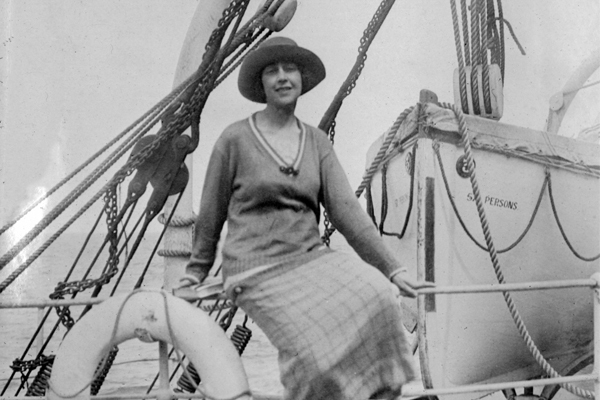
Writing under the pseudonym Monosyllaba, Christie began work on her first novel, “Snow Upon the Desert”. She set the book in Cairo and drew upon her experiences there. She was disappointed when the six publishers she contacted declined the work. Clara, her mother suggested that her daughter ask for advice from the successful novelist Eden Phillpotts, a family friend and neighbour, who responded to her enquiry, encouraged her writing, and sent her an introduction to his own literary agent, Hughes Massie, who also rejected “Snow Upon the Desert”, but suggested a second novel.
“It is the brain, the little gray cells on which one must rely. One must seek the truth within–not without.” ~ Poirot”
She wrote her first detective novel, “The Mysterious Affair at Styles”, in 1916 as a challenge to create a whodunit where the reader would not be able to guess the murderer even though presented with the same clues as the detective. It featured Hercule Poirot, a former Belgian police officer with “magnificent moustaches” and a head “exactly the shape of an egg”, who had taken refuge in Britain after Germany invaded Belgium. Christie’s inspiration for the character came from Belgian refugees living in Torquay, and the Belgian soldiers she helped to treat as a volunteer nurse during the First World War. Hercules Poirit appeared in 33 of her novels and more than 50 short stories. Hercules Poirot, was such a power character created by Christie, that when he died When he died, he was given a full-page obituary in The New York Times.
Her original manuscript was rejected by Hodder & Stoughton and Methuen. After keeping the submission for several months, John Lane at The Bodley Head offered to accept it, provided that Christie change how the solution was revealed. She did so, and signed a contract committing her next five books to The Bodley Head, which she later felt was exploitative.The book was finally published in 1920. The year 2020 marked 100 years since the publication of “The Mysterious Affair at Styles” and the popularity of the novel does not seem to have diminished despite the passage of time.
Her second novel, “The Secret Adversary (1922)”, featured a new detective couple Tommy and Tuppence, again published by The Bodley Head. It earned her £50 (approximately equivalent to £2,800 in 2019). A third novel, Murder on the Links, again featured Poirot, as did the short stories commissioned by Bruce Ingram, editor of The Sketch magazine, from 1923. She now had no difficulty selling her work.
Over the years, Christie grew tired of Poirot, much as Conan Doyle did with Sherlock Holmes. By the end of the 1930s, Christie wrote in her diary that she was finding Poirot “insufferable”, and by the 1960s she felt he was “an egocentric creep”. However, unlike Conan Doyle, she resisted the temptation to kill her detective off while he was still popular.
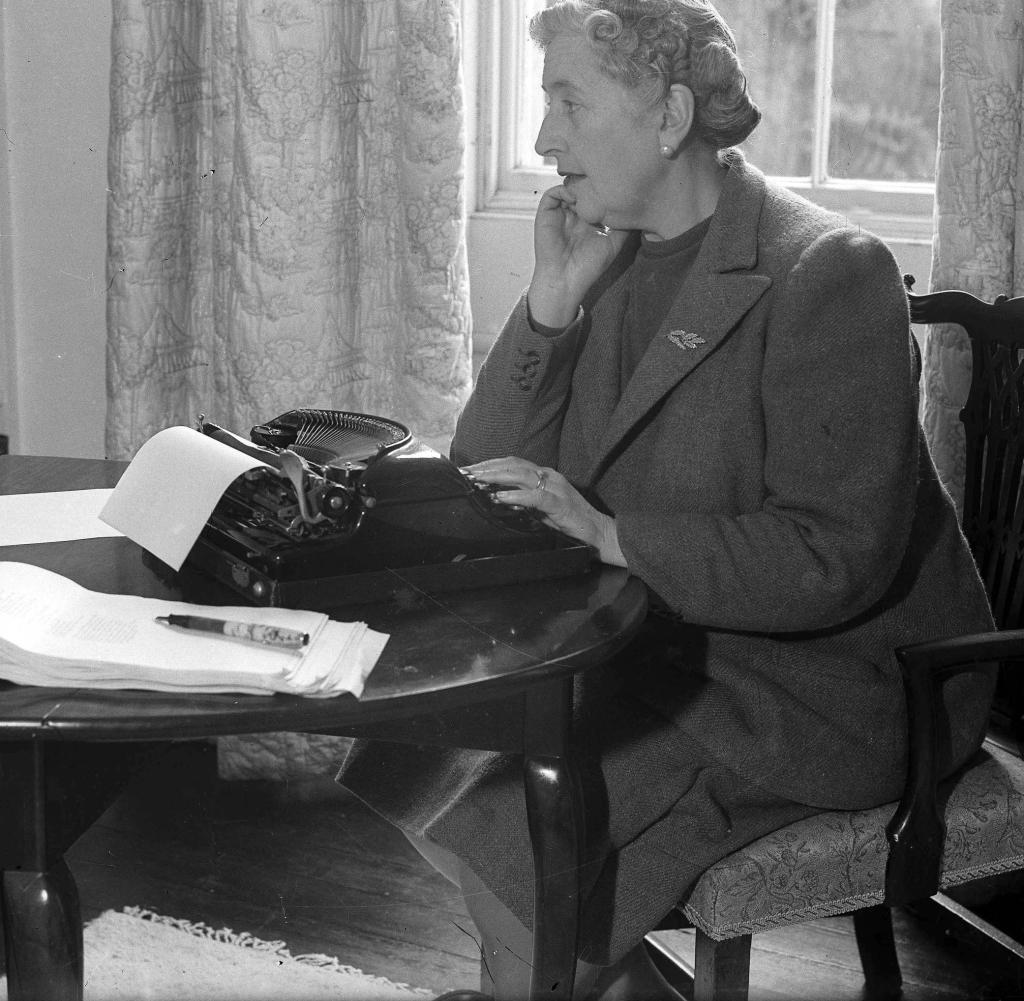
Miss Jane Marple was introduced in a series of short stories that began publication in December 1927 and were subsequently collected under the title The Thirteen Problems. Marple was a genteel, elderly spinster who solved crimes using analogies to English village life. Christie said, “Miss Marple was not in any way a picture of my grandmother; she was far more fussy and spinsterish than my grandmother ever was,” but her autobiography establishes a firm connection between the fictional character and Christie’s step-grandmother Margaret Miller. Both Marple and Miller “always expected the worst of everyone and everything, and were, with almost frightening accuracy, usually proved right”. Marple appeared in 12 novels and 20 stories.
“Evil is not something superhuman, it’s something less than human.” – Agatha Christie
Agatha Christie is the only crime writer to have created two equally famous and much-loved characters – Hercule Poirot and Miss Marple. Hercule Poirot and Jane Marple are among the most iconic fictional detectives of all time. She also wrote six semi-autobiographical, bittersweet romantic stories under the pseudonym Mary Westmacott, some of which were drawn from her own life. The fact that she was the author remained a secret for almost 20 years.
What is most fascinating about her works is the fact that her characters sound real and appealing to the readers. This was made possible because Agatha Christie was very observant of people and relationships. She jotted down points in a notebook whenever an idea came to her or whenever she heard or read anything interesting. There are a hundred notebooks of hers that bear the seeds of ideas and plots. Her life of education, travel, archeological digs, and volunteer nursing all helped shape her as a writer. One of the best examples of her travel influencing her writing was her journey on the Orient Express to Istanbul and then to Baghdad. Her book “Murder on the Orient Express” is deeply inspired by this journey and it became one of her best selling novels. The movie Muder on the Orient Express has been watched by more than 50 million people worldwide. Christie’s inspiration for the character, Hercule Poirot emanated from Belgian refugees living in Torquay, and the Belgian soldiers she helped to treat as a volunteer nurse during the First World War.
Agatha Christie’s priceless works:
The Mysterious Affair at Styles (1921), The Secret Adversary (1922), The Murder on the Links (1923), The Man in the Brown Suit (1924), The Secret of Chimneys (1925), The Murder of Roger Ackroyd (1926), The Big Four (1927), The Mystery of the Blue Train (1928), The Seven Dials Mystery (1929), The Murder at the Vicarage (1930), Giant’s Bread (1930), The Floating Admiral (1931), The Sittaford Mystery (1931), Peril at End House (1932), Lord Edgware Dies (1933), Murder on the Orient Express (1934), Unfinished Portrait (1934), Why Didn’t They Ask Evans? (1934), Three Act Tragedy (1935), Death in the Clouds (1935), The A.B.C. Murders (1936), Murder in Mesopotamia (1936), Cards on the Table (1936), Dumb Witness (1937), Death on the Nile (1937), Appointment with Death (1938), Hercule Poirot’s Christmas (1938), Murder Is Easy (1939), Ten Little Indians (1939), Sad Cypress (1940), One, Two, Buckle My Shoe {1940), Evil Under the Sun (1941), N or M? (1941), The Body in the Library (1942), Five Little Pigs (1942), The Moving Finger (1943), Towards Zero (1944), Absent in the Spring (1944), Death Comes as the End (1945), Sparkling Cyanide (1945), The Hollow (1946), Taken at the Flood (1948), The Rose and the Yew Tree (1948), Crooked House (1949), A Murder Is Announced (1950), They Came to Baghdad (1951), Mrs McGinty’s Dead (1952), They Do It with Mirrors (1952), A Daughter’s a Daughter (1952), After the Funeral (1953), A Pocket Full of Rye (1953), Destination Unknown (1954), Hickory Dickory Dock (1955), Dead Man’s Folly (1956), The Burden (1956), 4.50 from Paddington (1957), Ordeal by Innocence (1958), Cat Among the Pigeons (1959), The Pale Horse (1961), The Mirror Crack’d from Side to Side (1962), The Clocks (1963), A Caribbean Mystery (1964), At Bertram’s Hotel (1965), Third Girl (1966), Endless Night (1967), By the Pricking of My Thumbs (1968), Hallowe’en Party (1969), Passenger to Frankfurt (1970), Nemesis (1971), Elephants Can Remember (1972), Postern of Fate (1973), Curtain (1975), Sleeping Murder (1976), and the Greenshore Folly (2014).
Knowledge of Poisons:
Poisons played an important part of Agatha Christie’s scripts. But where did she get her knowledge about poisons from?
During the First World War she worked first as a VAD nurse in Torquay’s Red Cross hospital, then joined the new hospital pharmacy as an assistant dispenser – thus acquiring her knowledge of poisons. On 13th April 1917 she passed her apothecary exam in London and qualified as a dispenser.
While at the Torquay pharmacy she realised that a chemist had made a mistake in his calculations and put too much of a potentially dangerous drug into a batch of suppositories. Knowing that he wouldn’t like to be corrected, Christie instead knocked the much-too-strong medicine to the ground and stomped on them to make them unusable. The chemist, who also boasted about keeping curare in his pocket, inspired a character in The Pale Horse.
As a volunteer during the Second World War, she was placed in the pharmacy section of the University College Hospital in London where she learnt about poisons in great detail. She also had to give an exam of the Society of Apothecaries and worked in the dispensing section. She knew what the various poisons looked and smelt like and how long they took to take effect. Her descriptions of the effect and dosage of poisons was so accurate that her murder story was reviewed in a pharmaceutical journal!
Insurmountable Feats:
“Use that fluff of yours you call a brain.” – Agatha Christie, A Murder Is Announced
Such was her proficiency and passion for writing that she wrote an entire book, “Absent in the Spring” over one weekend under the pseudonym Mary Westmacott.
The popularity of Agatha Christie’s novels was so profuse that a pile of all of the US editions of her book, “Peril at End House”, would stretch to the moon. A one-volume edition of the complete Miss Marple tales holds the Guinness World Record for the world’s thickest book at 4,032 pages. Christie’s novel “The Pale Horse” and its vivid description of poisoning helped lead to the arrest of the real-life serial killer Graham Young in 1971. There is an Agatha Christie Memorial in Covent Garden, 2.4 metres high and in the form of a book. It was created to mark the 60th anniversary of The Mousetrap.
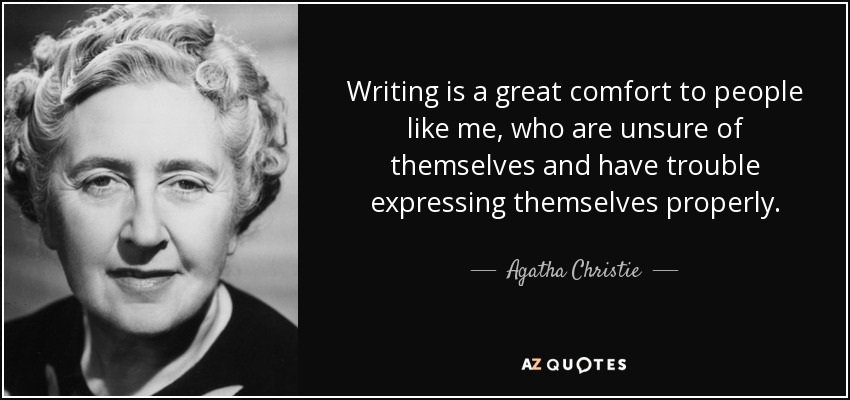
When Penguin paperbacks were launched in 1935, “The Mysterious Affair at Styles”, was one of the first 10 titles. She was the first crime writer to have 100,000 copies of ten of her titles published by Penguin on the same day in 1948 – A Penguin Million. “Three Act Tragedy”, published in 1935, became her first title to sell 10,000 copies in its first year.
According to Index Translationum, she remains the most-translated individual author. Her novel “And Then There Were None” is one of the top-selling books of all time, with approximately 100 million copies sold.
Agatha Christie is the only crime novelist to achieve equal and international fame as a dramatist. She is the only female dramatist ever to have had three plays running simultaneously in London’s West End. Of her own work, her favourite play was “Witness for the Prosecution”. Christie kept such a low profile that she was not recognized at the “Witness for the Prosecution” stage play premiere party, and was turned away at the door. She was too shy to identify herself and demand access. In 1955, Christie was the first recipient of the Mystery Writers of America’s Grand Master Award. Later that year, “Witness for the Prosecution”, received an Edgar Award for best play.
Her novel, “And Then There Were None”, is one of the top-selling books of all time, with approximately 100 million copies sold. Christie’s stage play, “The Mousetrap” holds the world record for the longest initial run. It opened at the Ambassadors Theatre in the West End of London on 25 November 1952, and by September 2018 there had been more than 27,500 performances. The play was closed down in March 2020 because of the coronavirus pandemic.
Agatha Christie’s novel Hallowe’en Party, the 39th outing for Belgian detective Hercule Poirot, was first published in November 1969. Agatha Christie dedicated it to P. G. Wodehouse. Agatha Christie wrote “To P.G. Wodehouse, whose books and stories have brightened my life for many years. Also, to show my pleasure in his having been kind enough to tell me he enjoyed my books”.
In February 2015, many of Agatha Christie’s letters were published to mark the 125th anniversary of her birth. They included a letter from P.G.Wodehouse, thanking Christie for the dedication.
In 2013, she was voted the best crime writer and “The Murder of Roger Ackroyd” the best crime novel ever by 600 professional novelists of the Crime Writers’ Association. “The Murder of Roger Ackroyd” was the first Christie novel to be published in France by Editions du Masque in 1927. In September 2015, “And Then There Were None”, was named the “World’s Favourite Christie” in a vote sponsored by the author’s estate. Most of Christie’s books and short stories have been adapted for television, radio, video games, and graphic novels. More than 30 feature films are based on her work.
She accepted the Presidency of the famous Detection Club in 1958 on the strict understanding that she would never have to make a speech.
At the Bouchercon World Mystery Convention in May 2000 she was named Mystery Writer of the Century and the Poirot books Mystery Series of the Century.
Agatha Christie’s name has appeared every day for the last 53 years in every newspaper with a West End theatre listing, apart from during the lockdown in 2020!
In an attempt to encourage young writers, for many years she set and corrected an essay competition for the pupils of Galmpton Primary School, near Greenway. She also has a classroom named after her in the same school.
A bust of Agatha Christie sits on Cary Green, Torquay. It was created by Dutch artist Carol Van Den Boom-Cairns and unveiled by Christie’s daughter Rosalind Hicks in 1990, a century after the writer’s birth.
For many years she was the President of the local amateur drama society in Wallingford.
In 1961 she was conferred with an honorary degree from Exeter University.
Marriage and Family:
Born as Agatha Miller, she became Christie when she married Archibald Christie in 1914. Christie settled into married life, giving birth to her only child, Rosalind Margaret Clarissa, in August 1919 at Ashfield. In 1922, the Christies joined an around-the-world promotional tour for the British Empire Exhibition, led by Major Ernest Belcher. Leaving her daughter behind with her mother and sister, in those 10 months she along with her husband travelled to South Africa, Australia, New Zealand, Hawaii, and Canada. They learned to surf prone in South Africa; then, in Waikiki, they were among the first Britons to surf standing up. She often suffered from seasickness – as does the character in her novels, Hercules Poirot.
When they returned to England, Archibald Christie resumed work in the city, and Christie continued to work hard at her writing. After living in a series of apartments in London, they bought a house in Sunningdale, Berkshire, which they renamed Styles after the mansion in Christie’s first detective novel, The Mysterious Affair at Styles.
Christie’s mother, Clarissa Miller, died in April 1926. Agatha Christie had been exceptionally close to her mother, and the loss sent her into a deep depression. In August 1926, reports appeared in the press that Christie had gone to a village near Biarritz to recuperate from a “breakdown” caused by “overwork”.
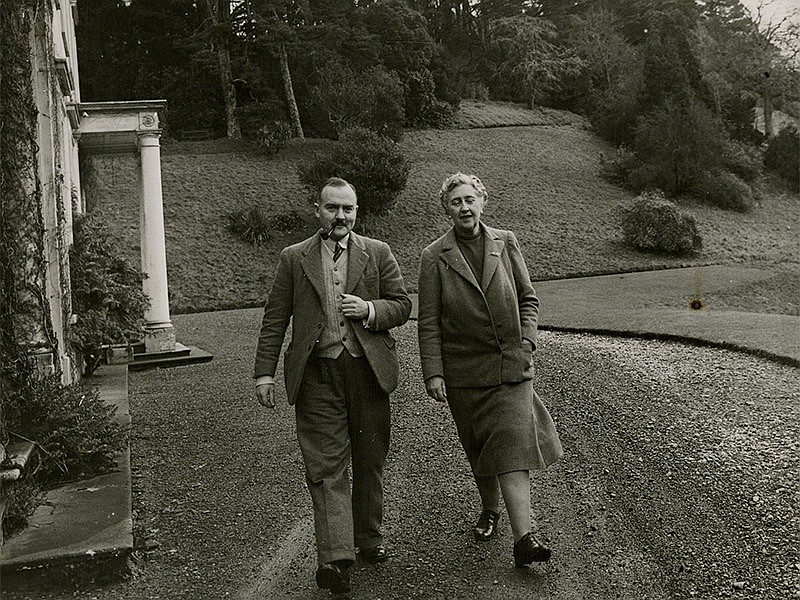
In August 1926, Archie asked Agatha for a divorce. He had fallen in love with Nancy Neele, a friend of Major Belcher. On 3 December 1926, the pair quarreled after Archie announced his plan to spend the weekend with friends, unaccompanied by his wife. Later that evening, Christie disappeared from their home. The following morning, her car, a Morris Cowley, was discovered at Newlands Corner, parked above a chalk quarry with an expired driving license and clothes inside.
The disappearance quickly became a news story, as the press sought to satisfy their readers’ “hunger for sensation, disaster, and scandal”. Home secretary William Joynson-Hicks pressured police, and a newspaper offered a £100 reward (approximately equivalent to £6,000 in 2020). More than a thousand police officers, 15,000 volunteers, and several aeroplanes searched the rural landscape. Sir Arthur Conan Doyle gave a spirit medium one of Christie’s gloves to find her. Christie’s disappearance was featured on the front page of The New York Times. Despite the extensive manhunt, she was not found for another 10 days. On 14 December 1926, she was located at the Swan Hydropathic Hotel in Harrogate, Yorkshire, registered as Mrs. Tressa Neele (the surname of her husband’s lover). The next day, Christie left for her sister’s residence at Abney Hall, Cheadle, where she was sequestered “in guarded hall, gates locked, telephone cut off, and callers turned away”. Reflecting on the period in her autobiography, Christie wrote, “So, after illness, came sorrow, despair and heartbreak. There is no need to dwell on it.”
Agatha Christie had once told her sister that she was so good at planning mysteries that she could disappear whenever she wanted to and no one would be able to find her. Ans she did!
Two years later, in 1928 she was divorced from her husband Archie but she was convinced by her publishers to retain the surname because, by then, she had become internationally famous as Agatha Christie.
“I’m sorry, but I do hate this differentiation between the sexes. ‘The modern girl has a thoroughly businesslike attitude to life’ That sort of thing. It’s not a bit true! Some girls are businesslike and some aren’t. Some men are sentimental and muddle-headed, others are clear-headed and logical. There are just different types of brains.”
― Agatha Christie, Appointment with Death
In 1928 Christie left England and took the Orient Express to Istanbul and then to Baghdad. In Iraq, she became friends with archaeologist Leonard Woolley and his wife, who invited her to return to their dig in February 1930. On that second trip, she met archaeologist Max Mallowan, 13 years her junior. Christie and Mallowan married in Edinburgh in September 1930. Digging trips with her husband gave her the quiet time she needed to write her books. She cleverly wove into her stories the details of their travel to other countries and cultures. Their marriage lasted until Christie’s death in 1976.
“You don’t appreciate a faithful husband when you’ve got one,’ said Tommy. ‘All my friends tell me you never know with husbands,’ said Tuppance.
“You have the wrong kind of friends,’ said Tommy.”
― Agatha Christie, Postern of Fate
From 1971 to 1974, Christie’s health began to fail, but she continued to write. Her last novel was Postern of Fate in 1973. Using textual analysis, Canadian researchers suggested in 2009 that Christie may have begun to suffer from Alzheimer’s disease or other dementia.
“One doesn’t recognize the really important moments in one’s life until it’s too late.” – Agatha Christie
Christie died peacefully on 12 January 1976 at age 85 from natural causes at her home at Winterbrook House. When her death was announced, two West End theatres – the St. Martin’s, where The Mousetrap was playing, and the Savoy, which was home to a revival of Murder at the Vicarage – dimmed their outside lights in her honour. She was buried in the nearby churchyard of St Mary’s, Cholsey, in a plot she had chosen with her husband 10 years before. The simple funeral service was attended by about 20 newspaper and TV reporters, some having travelled from as far away as South America. 30 wreaths adorned Christie’s grave, including one from the cast of her long-running play The Mousetrap and one sent “on behalf of the multitude of grateful readers” by the Ulverscroft Large Print Book Publishers.
Despite her worldwide renown, Agatha strove to live a quiet life. She felt that the public had no need to know of her private affairs, and that her books spoke for themselves. The blandly titled “An Autobiography” wasn’t published until nearly two years after her death.
The first authorized biography, Agatha Christie by Janet Morgan, came out in 1980. It offers one of the fullest explorations of the author’s 1926 disappearance, and muses on how the author who led such a gentle and genteel life could produce such a large body of work with themes of violence, death, and terror.
Christie expert John Curran, rightly says, “Agatha Christie was the greatest exponent of the classical detective story. Her unique literary talents have crossed every boundary of age, race, class, geography and education. While she refined the template for a fictional form, the reading of her books became an international pastime.”
May Agatha Christie’s immortal works inspire more and more young authors to write and contribute to the Literary world.
“It takes more than a printed notice to keep you from reality. . . . We’ve only one life to live.” – Agatha Christie, Five Little Pigs
